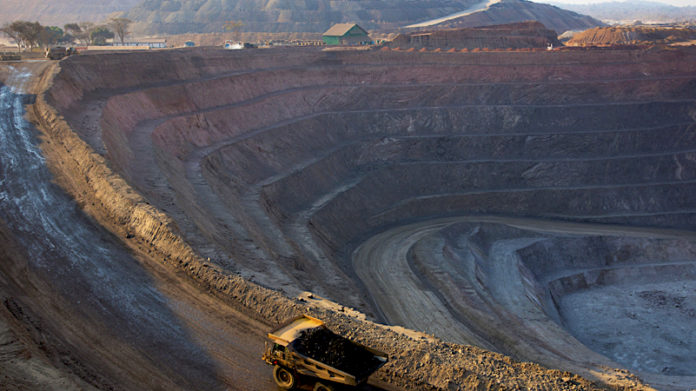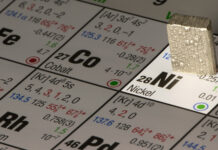
GLENCORE has signed an agreement with Samsung SDI for the supply of 21,000 tons of cobalt from its mines in the Democratic Republic of Congo (DRC).
The five-year deal, which starts this year, is an extension of an existing supply agreement with Samsung.
“This demonstrates a further continuation of Glencore’s cobalt hydroxide marketing strategy to secure long term supply agreements with key players in the lithium-ion battery supply chain,” said Nico Paraskevas, head of copper and cobalt marketing for Glencore.
“This also illustrates Glencore’s important role in supplying the materials that enable the energy and mobility transition and Glencore’s commitment to responsible production.”
Both parties agreed that Glencore’s DRC operations will be independently audited each year against the Cobalt Refinery Supply Chain Due Diligence Standard. This standard is defined by the Responsible Mining Initiative (RMI), said Glencore.
In October, Glencore said it had extended a sales agreement with China’s GEM Co. in which it will sell a minimum of 61,200 tons of cobalt between 2020 and 2024 – a development that has been construed as a sign the cobalt market had turned the corner.
Annual supply of cobalt is estimated to be about 120,000 tons a year including artisanal workings which is exported. Glencore’s share of this market, including Mutanda production – which was suspended last year, is about 30,000 to 40,000 tons annually.
The rise of electric cars propelled cobalt to its highest level in 10 years of $44 per pound ($/lb) in April 2018 before crashing to $12/lb following a surge in supply and stockpiling by companies in the battery supply chain, where cobalt is used.
A consequence of the decline in cobalt prices for Glencore was that the firm’s marketing division held on to material it might otherwise have sold.
This resulted in a mark-to-market non-cash loss of $350m without which the firm’s marketing division’s adjusted earnings before interest and tax (EBIT) would have been only 13% lower year-on-year versus the actual 35% decline.










